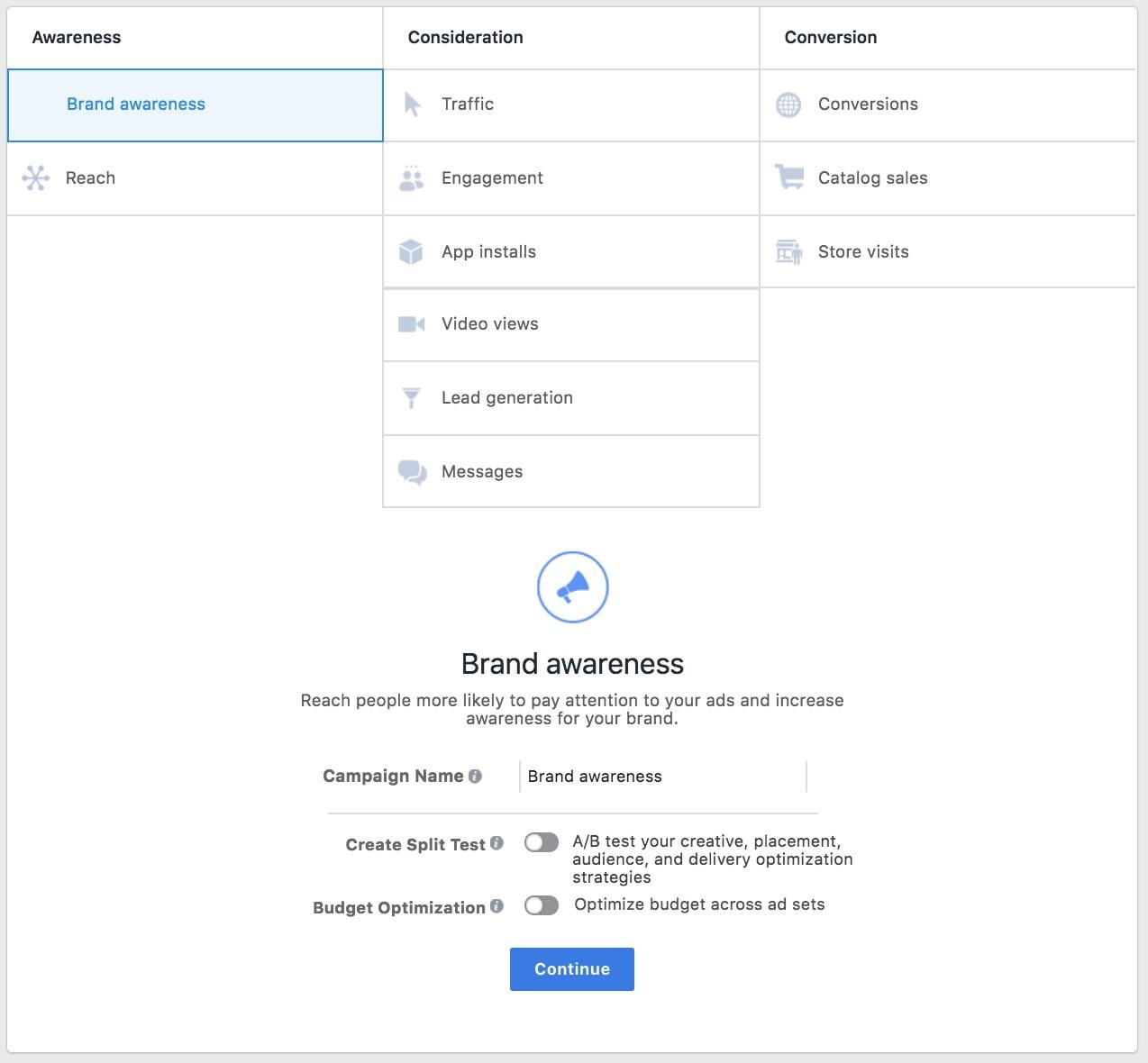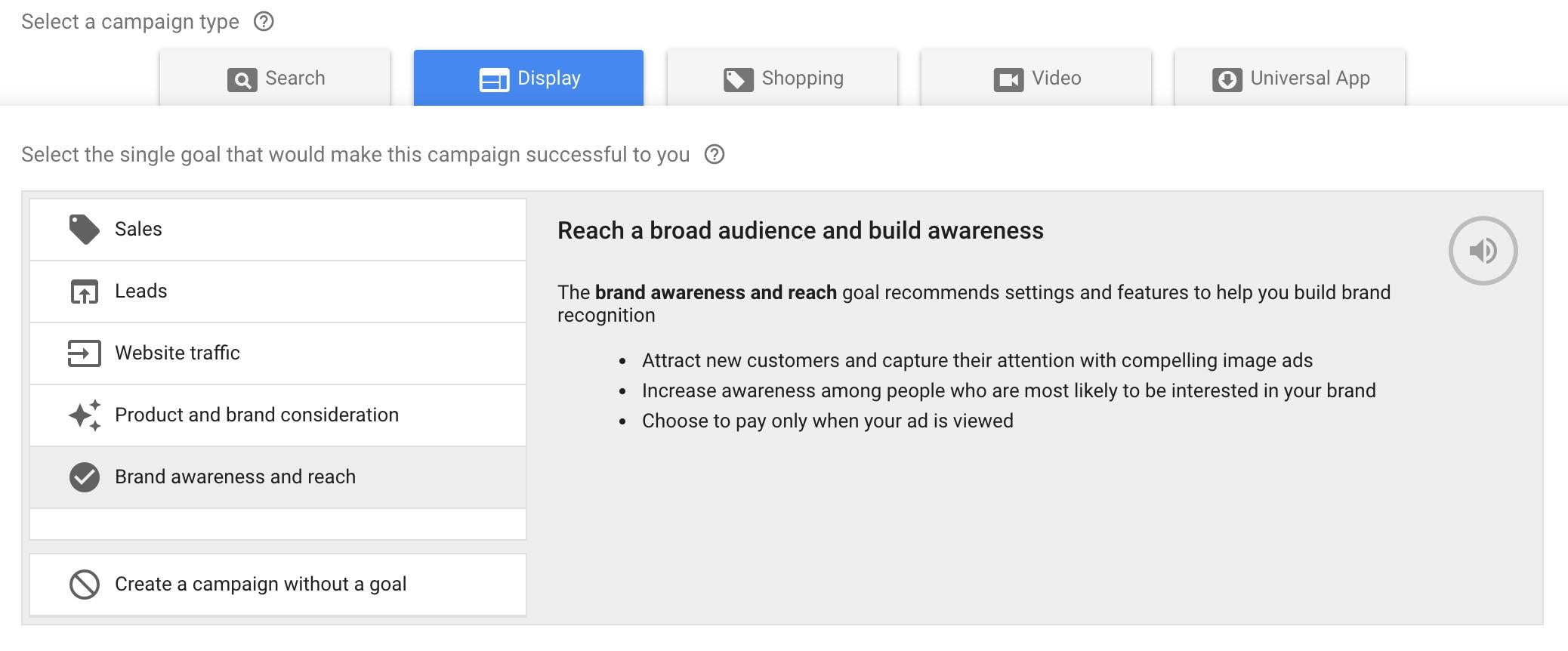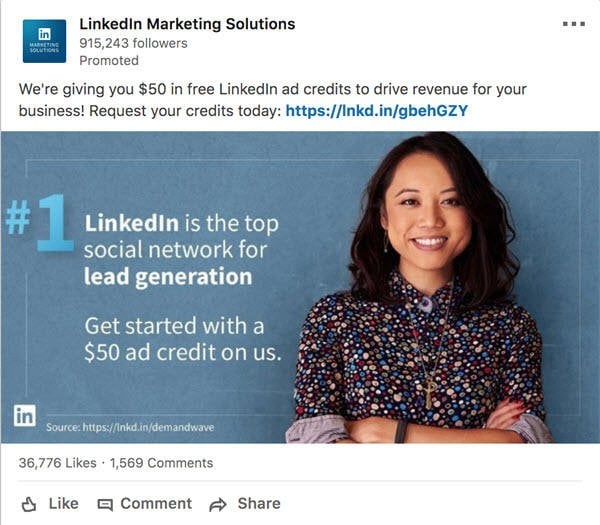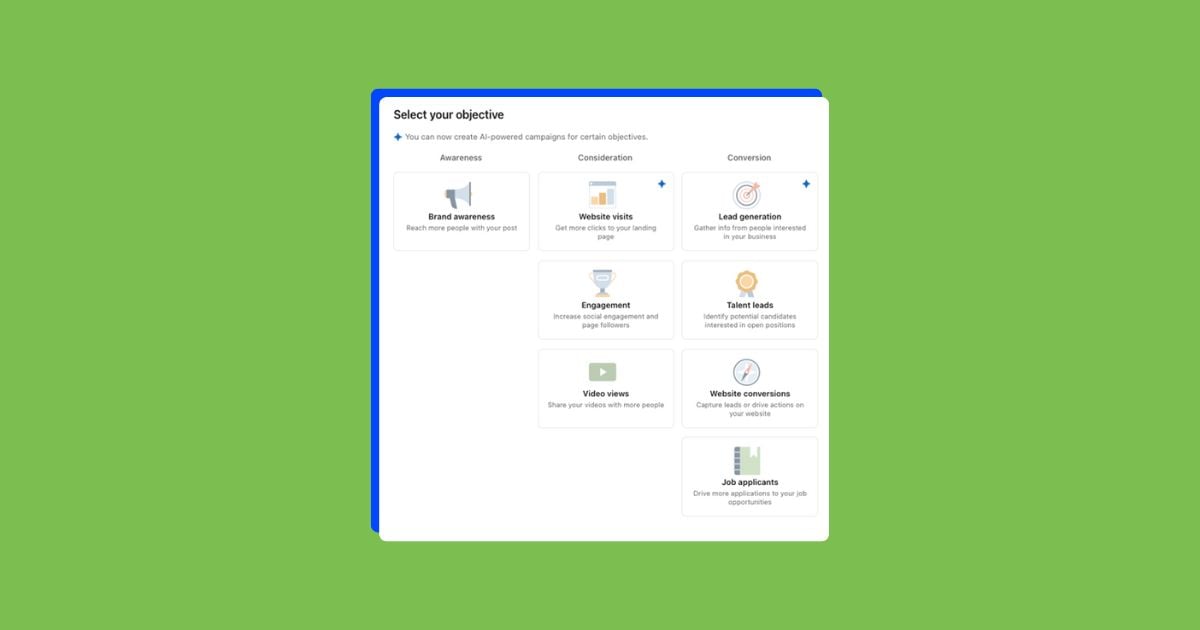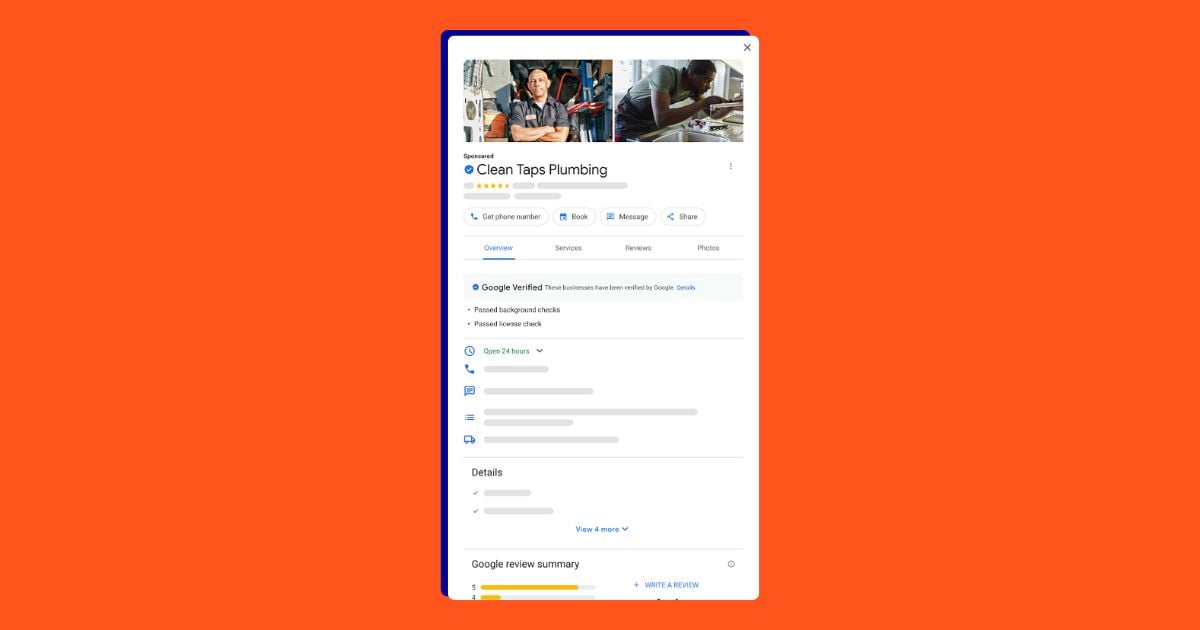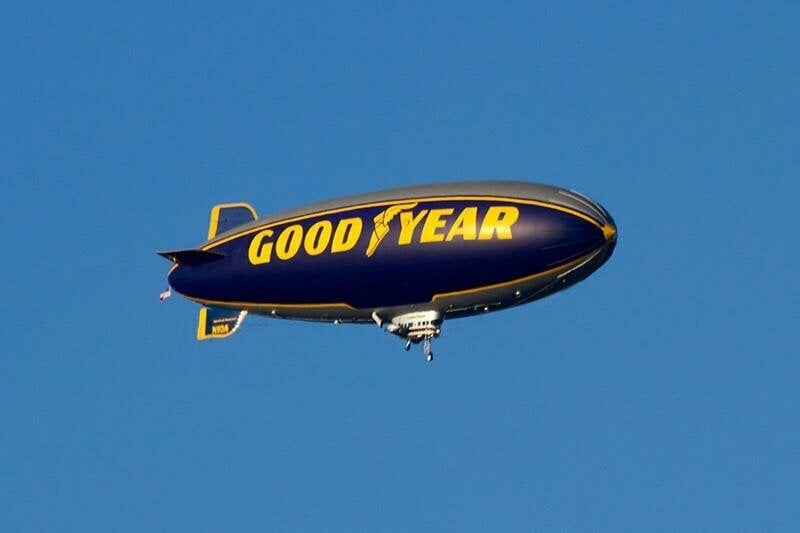
PPC is a great avenue for generating online sales, collecting leads, or just about any other objective you have for your business. It can also be a great tool for helping to generate brand awareness and increase brand affinity. Whether your business is just launching or is more established and looking to do some new audience outreach, both paid search and paid social ads are great ways to reach those new users and introduce them to your brand.
If greater brand awareness is your goal, this guide will get you started, covering:
- Establishing goals for your brand awareness campaigns
- Finding the right audience and channels
- Measuring the results of your campaigns
We’ll begin with the first step, setting your campaign goals.
Setting Campaign Goals
We start brand awareness campaigns just like with any other, by asking: What outcome are we looking to generate? Campaign goals for branding are much higher up in the funnel than conversion campaigns as we’re not driving sales, we’re simply trying to get a brand in front of a new audience of users.
Here are some common goals for brand awareness:
- Impression volume
- Click volume
- CTR
- CPC/CPM
- Video views
- Social page likes
- Social shares
- Post engagement
There’s no right or wrong answer for the KPIs you choose, but odds are there are some metrics that will be more influential than others. Typically clicks through to a website indicate higher engagement and meaning for a specific audience, but many platforms also charge per click, so impressions may still yield a lower cost per brand message received. (Unfortunately, that’s not an actual metric we can track, but ideally that’s the outcome we’re driving toward.)
Many of the channels can now help your campaigns auto-optimize for some of the KPIs you may be after. On Facebook for example, there are a number of campaign objectives that can help drive reach:
When creating a campaign in the new Google Ads interface, you’re walked through a similar set of campaign objectives.
One thing to note: In Google, when you choose one of these objectives, some other features may be taken away within the campaigns. If you’re wanting to have full control over all aspects of your campaign, I suggest you choose No Objective to start (the “Create a campaign without a goal” option). If you’re simply needing a quick set-up and don’t plan on managing the campaigns much, one of the objectives might be a better option for you.
Finding Your Target Audience in Proper Channels
Now that we’ve identified our goals, we can use that information to determine our target audience and the channels where we should target those users.
If your goals are for social shares, the Google Display Network is not the ideal channel. If you’re looking for large numbers of video views, YouTube is a great option, but you could also find success on social channels like Facebook and Instagram as well. It’s important to keep your goals in mind while choosing channels and who your audience should be.
Given the many, many iterations of brand awareness campaigns available out there and the thousands of business types, I’m not able to answer what strategies everyone should use, so I’ll run through the platforms to talk briefly about the strengths and targeting capabilities of each.
Using the Google Display Network for Brand Awareness
The Google Display Network has some of the widest reach in our stable of self-serve platforms. As mentioned above, there are some preset campaign types you can choose from to achieve certain goals within campaigns if they’re a strong fit for you.
The GDN provides many different ways to reach your target audience with two main categories: contextual and audience targeting. Contextual targeting means you can target the content on the site the person is looking at. Topics, placements, and keyword targeting can help you reach these pages. Contextual targets are a great way to introduce your brand when the user is viewing content relevant to your business. If you sell women’s clothing, for example, you could advertise to someone while they were reading a fashion blog. If you’re a contractor, you could reach users as they’re reading information about home maintenance projects.
But don’t limit yourself to only those things that are directly related. Odds are you know your audience well enough to know things that they’re interested in that are tangentially related. What other content could you target based on that knowledge?
Audience targeting is the second way you can reach users on the GDN. In this option, you’re targeting the individual user regardless of what content they’re viewing (unless you layer contextual and audience targeting together). There are lots of options for audience targeting:
- In-Market Audiences: People Google has deemed are actively researching a particular product or service and are likely to purchase.
- Custom Intent Audiences: Groups of users based on groups of keywords who have either searched for or are likely to be interested in certain key phrases.
- Affinity and Custom Affinity: These are very broad and reach users interested in very wide ranging topics.
- Similar Audiences: Based on your remarketing lists, these are groups of users who behave similarly to the users in one of your retargeting lists.
Each of these targeting types has their benefits and drawbacks, so I would encourage you to try any that apply to your company and test which ones meet your KPIs.
Lastly, the Google Display Network has lots of options when it comes to creative. You can leverage Responsive Text Ads or Image Ads to reach your target audience, but the space each has is fairly limited. When it comes to crafting large, impressive brand messaging, the GDN doesn’t have an impressive list of offers. For that, we’ll have to reach into its sister network: YouTube.
Using YouTube Ads for Brand Awareness
YouTube leverages the same set of targeting options that the Google Display Network has available, but with a much more impressive option for creative: videos. On the GDN, your message is relegated to Responsive Ads or an Image Ad banner, but on YouTube, you can create a video to tell your brand story exactly the way it should be told.
Videos can be as short as 6 seconds for bumper ads or as long as an hour, though 3 minutes is the longest suggested video you should use.
The biggest drawback with YouTube is also its greatest strength: videos. They are more expensive than banner ads and take much more time to create than Responsive Text Ads, but they can be well worth it for the right message. Not to mention, YouTube’s bidding options can be a wonderful plus for advertisers. With TrueView ads, advertisers only pay if someone watches 30 seconds or more of the ad. This means any view under 30 seconds is effectively free outside of production costs.
I highly recommend you at least look into a video component for brand awareness campaigns as it gives you great control over your message but also allows you to take advantage of potentially free video views (and brand exposure) on YouTube, not to mention a number of other benefits video can be provide.
Using Facebook Ads for Brand Awareness
Facebook is a great platform for brand awareness campaigns. The campaign types above are one benefit but the other is pretty obvious: there are literally billions of people on Facebook. The advertising platform itself has many different ways to reach the target audience that will have the most meaning for you: age, gender, interests, behaviors, page likes, and lookalike audiences. Further, depending on how you set up campaigns, Facebook has the potential for very low CPCs – some campaigns I’ve seen have been at $0.05 or lower.
Facebook also has great branding options for ad creative. Advertisers can choose from single image, carousel, slideshows, and video ad units in a brand awareness campaign.
Each of these ad types gives you control over an image (or a number of images) and a good amount of text around said image. Compared to the GDN, Facebook ads give a whole world full of space. Similar to YouTube, you can use video ads on Facebook (getting even more mileage out of that video production cost) but here you’re given the same text real estate around the video as well as subtitles to help make your message stick.
One last benefit of Facebook for brand awareness is the added benefit of social shares. On Facebook, you only pay when someone from your target audience engages with your ad. If they click and come to your website, you’ll be charged for that click. But if they share your ad with their network, you don’t pay for any of those additional views (and potential additional engagements). In this way, Facebook engagement campaigns can be very powerful to help amplify your brand message by getting your audience to engage and then letting their network do the rest of the heavy lifting for you.
Using Instagram for Brand Awareness
Similar to the relationship with YouTube and the Google Display Network, Facebook and Instagram live in the same platform and rely on the same targeting, creative, and tracking options. If your audience tends to skew a bit younger and is more heavily mobile, Instagram ads could be a great option for you to reach beyond the Facebook network while relying on the same strong targeting options.
Using LinkedIn for Brand Awareness
LinkedIn is a haven for B2B advertisers. This is the premier business professional network on the internet and, at this stage, has the best B2B targeting on the market. Nearly all aspects of a user’s profile are targetable from job title to industry, years experience to education, company name, company size, groups, skills, and more.
Like Facebook, LinkedIn allows for single image, carousel, and video ads with a large image accompanied by a good amount of surrounding text.
The biggest drawback to LinkedIn are the high CPCs. On Facebook, I mentioned seeing campaigns with CPCs as low as $0.05. On the LinkedIn network, some of the lowest CPCs I’ve seen were $4, with averages holding closer to the $6-$12 range – but don’t let that scare you off. There are ways to make the most of those high CPCs, and if your target audience lives in that B2B space, you can’t beat the targeting for audience quality.
Other Networks for Brand Awareness
This is only a small sampling of the available channels for targeting. The list above should get you started as there are many options for targeting and huge audience potential on them, but don’t be afraid to step outside this list if you know it’s where your target audience hangs out. Pinterest, Twitter, Snapchat, Spotify, Outbrain, Taboola, and many, many others have some targeting options that might be a good fit. In the end, the best place for you to be is where your target audience is.
Tracking Success in Brand Awareness Campaigns
As an online marketing community in 2018, we’re still working through answering the attribution dilemma and finding the best ways to give credit to the efforts that are driving results. Brand campaigns are already a bit more difficult in that the results are less tangible than conversion campaigns that are designed to drive direct revenue. In the end, brand awareness campaigns should also be driving revenue, but there could be any number of touch points after that first engagement and before the eventual conversion.
Although tracking for brand awareness campaigns can be a bit tougher than conventional conversion campaigns, it’s certainly doable. First, although it shouldn’t need repeating, it’s imperative that you have all the proper conversion tracking and analytics pixels on your site for brand awareness campaigns. Whether it’s the Facebook pixel, Google Analytics, Google Ads, Bing Ads, etc., any channel that you have active should have the proper pixels set up, and that’s never more important than when running brand awareness campaigns. Without them, you’ll be flying blind.
Measuring Branded Search Traffic
Ideally, as your brand campaigns are increasing the awareness around your company, the volume of searches for your brand name will go up. If you don’t currently have a branded search campaign in place, now is the time to set one up.
As your campaigns run, monitor the number of searches for your brand campaign. These should be going up as your campaigns continue to run and increase awareness for your brand.
Measuring Influence through Layered Audiences
After you set up your brand awareness campaigns, spend a bit of time creating audiences from those users in your search platforms. This can be as simple as creating URL rule audiences that include the names of the campaigns you set up, as shown here:
These audiences can then be layered into your existing Search campaigns as Observation layers. This will allow you to see how users, initially introduced to your brand through brand awareness campaigns, are later searching for keywords relevant to your products or services.
The overall goal of a brand awareness campaign is to generate demand, whether immediate or further down the line, and this will allow you to see if those users are later needing something enough to search for it.
In Conclusion…
Brand awareness campaigns can be amazingly powerful when trying to grow your business online (and improve your brand perception), but it’s important to ensure you’re targeting the right users with the right message and that you’re able to track which of your efforts are being the most influential. With these pieces in place, you might be surprised the kind of value they bring to your business.

